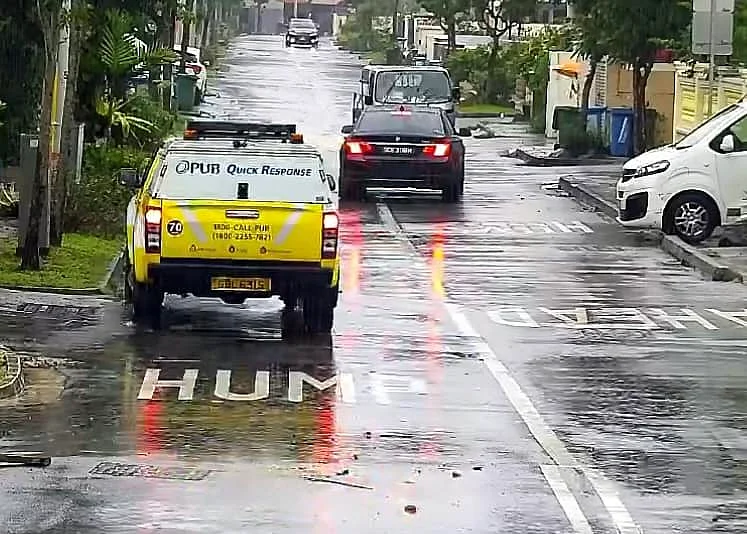NATO Secretary-General Jens Stoltenberg says Finland and Sweden have applied to join the world’s biggest military alliance.
“I warmly welcome the requests by Finland and Sweden to join NATO. You are our closest partners,” Stoltenberg told reporters after a receiving application letters from the two Nordic countries’ ambassadors.
The application must now be weighed by the 30 member countries. But Turkish President Recep Tayyip Erdogan has expressed reservations about Finland and Sweden joining.
The announcement came as the White House said Niinistö, and Andersson would meet the US president, Joe Biden, on Thursday to discuss their bids to join the US-led mutual defence alliance and European security more broadly.
Sweden and Finland will formally submit simultaneous requests to join Nato on Wednesday, the Swedish prime minister, Magdalena Andersson, has said, in a seismic shift in Europe’s security architecture after Russia’s invasion of Ukraine.
“Finland and Sweden have agreed to go through this entire process hand in hand, and we will tomorrow file the application together,” Andersson told a joint news conference with the Finnish president, Sauli Niinistö, in Stockholm.
“Membership of Nato strengthens security in Sweden but also in the Baltic Sea region,” Andersson said. “The fact that we are applying together with Finland means that we can contribute to security in northern Europe.”
The application must now be weighed by the 30 member countries. That process is expected to take about two weeks, although Turkish President Recep Tayyip Erdogan has expressed reservations about Finland and Sweden joining.
If his objections are overcome, and accession talks go as well as expected, the two could become members within a few months. The process usually takes eight to 12 months, but NATO wants to move quickly given the threat from Russia hanging over the Nordic countries’ heads.
Public opinion in Finland and Sweden has shifted massively in favor of membership since Russia invaded Ukraine on Feb. 24.
Finland and Sweden are NATO’s closest partners. They have functioning democracies, well-funded armed forces and contribute to the alliance’s military operations and air policing. Any obstacles they face will merely be of a technical, or possibly political nature.
(with inputs from agencies)











